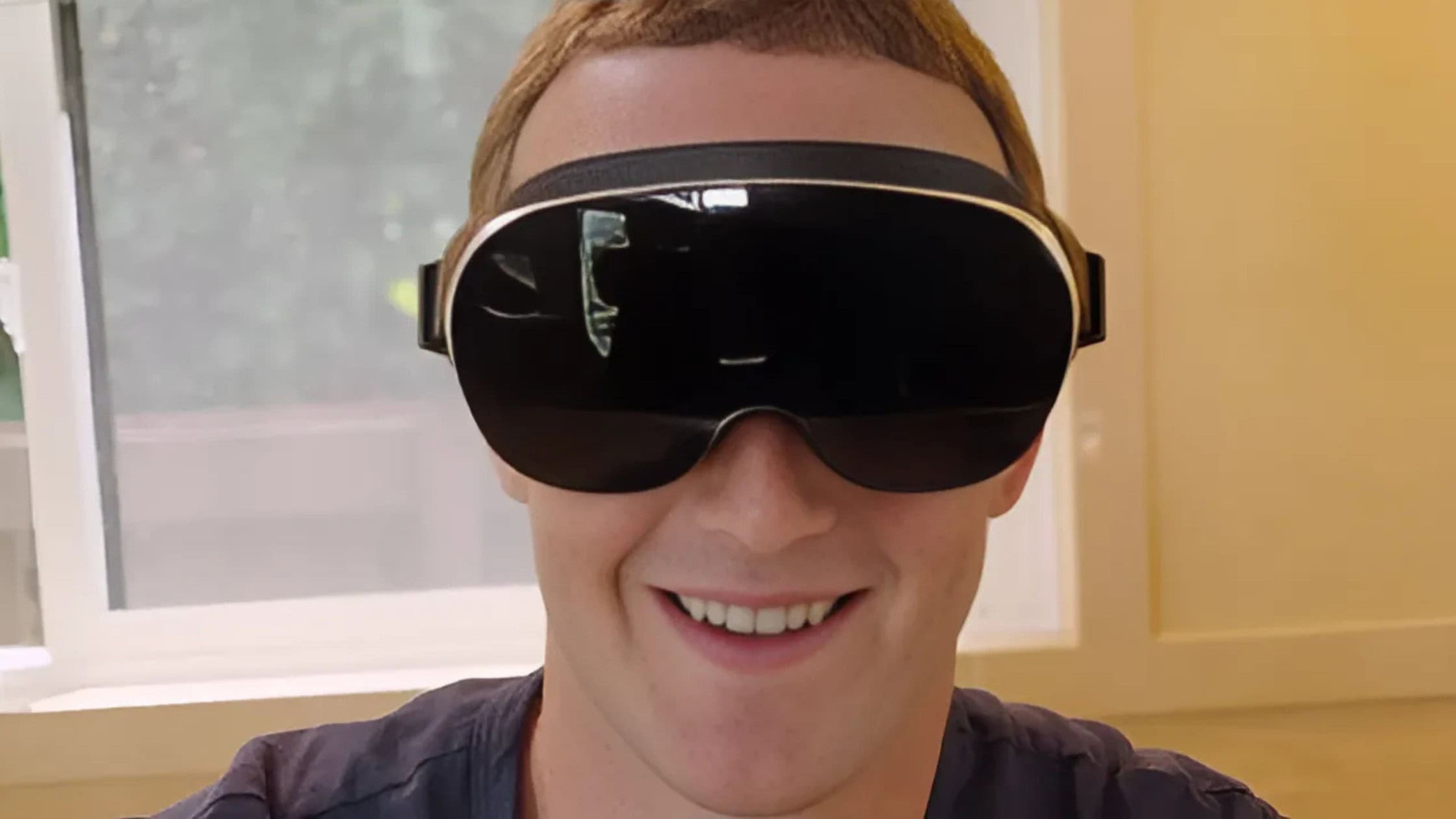
Meta Reality Labs and Stanford University have just unveiled Holocake 2, an ultrathin VR prototype that may change the future of virtual and mixed reality. Measuring under 3 millimeters thick, Holocake 2 combines flat optics with AI-powered holography, packing full 3D visuals into something as sleek as everyday glasses.
This cutting-edge breakthrough builds on a novel concept called synthetic aperture waveguide holography, which allows for realistic depth perception without bulky lenses or magnification systems.
How Holocake 2 Works: AI and Nanotech Replace Bulky Optics
Traditional VR headsets are notorious for their weight and size. They rely on thick lenses, which often lead to eye fatigue, motion sickness, and discomfort during long sessions. Holocake 2 eliminates these drawbacks using nanometer-scale metasurface waveguides etched directly into flat lenses.
Instead of conventional screens, the prototype uses tiny laser beams controlled by MEMS mirrors, entering the waveguide from multiple angles. These are precisely calibrated by AI to project 3D holograms that maintain focus across varying depths, meaning your eyes don’t need to adjust artificially like they would in a traditional headset.
Performance Limits: It’s Not Consumer-Ready Yet
Despite its revolutionary form factor, Holocake 2 still has a long way to go before hitting the market. The current prototype offers only a 38-degree diagonal field of view and a 60 Hz refresh rate, well below commercial VR standards.
Crucial hardware like battery systems, processing units, tracking sensors, and thermal cooling mechanisms are also missing, underlining the significant engineering challenges that remain.
Holocake 2: Towards Truly Wearable Virtual Reality
The project, recently published in Nature Photonics, marks a giant leap toward pass-through mixed reality and wearable VR that doesn’t resemble a tech helmet.
It aligns closely with Meta’s long-term goal: to pass the Visual Turing Test. Which is a point where digital projections are indistinguishable from real life. Stanford researchers call Holocake 2 a vital advancement toward comfortable, spatially accurate VR devices. They predict these new hologram glasses could one day replace both headsets and AR glasses.
What’s Next for Holocake 2?
This prototype opens the door for VR glasses that are lightweight, stylish, and powerful. But experts caution that full commercialization will take several years. And depend on breakthroughs in optics manufacturing, miniaturized computing, and battery efficiency.
Future versions are expected to improve in refresh rate, field of view, and standalone performance.
